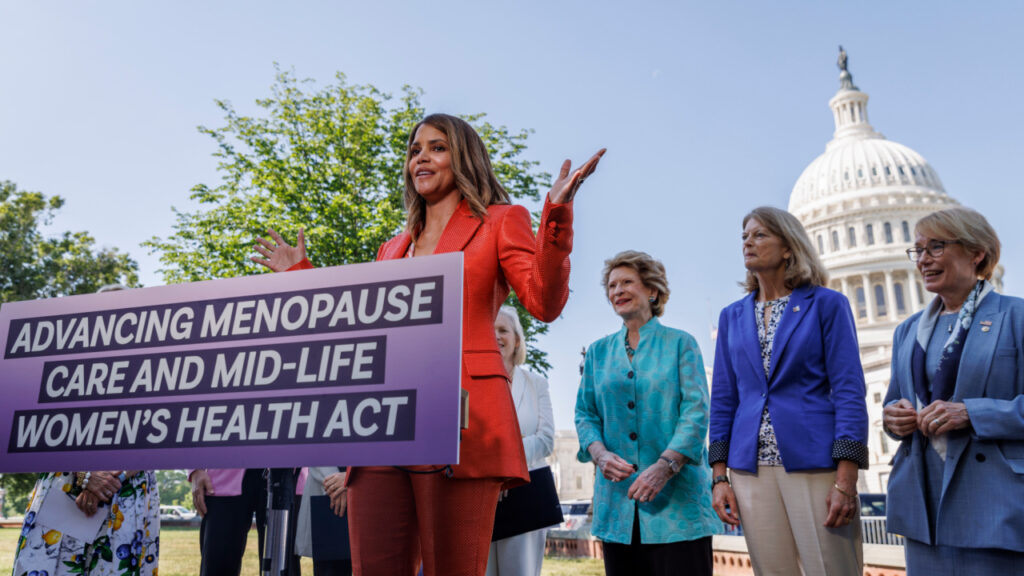Bias Is Real: Women Are Waiting 30 Minutes Longer for Pain Relief in the ER—Here’s Why
Recent research has brought to light a troubling truth: women, on average, wait 30 minutes longer than men for pain relief in emergency rooms.
According to a study published in the Proceedings of the National Academy of Sciences (PNAS), women are also less likely to receive pain medication. Even when reporting the same symptoms as men. These disparities are not just frustrating. They reflect deep-rooted biases in the healthcare system that can negatively affect women’s health outcomes.
Women’s Pain Is Taken Less Seriously in Emergency Rooms
The study analyzed more than 20,000 patient records from emergency departments in the United States and Israel. Researchers found a consistent pattern of women receiving less treatment than men. This discrepancy persisted even when adjusting for factors like reported pain levels, patient demographics, and the type of healthcare provider.
One of the most alarming findings was that nurses were 10% less likely to record women’s pain scores. This can lead to underestimating the severity of their pain. The researchers also noted that both male and female healthcare providers prescribed less medication to women than to men, reflecting a broader societal issue of under-treating women’s pain.
Biological Differences May Influence How Women Experience Pain
It’s long been assumed that women have a higher pain threshold due to their ability to endure childbirth. However, research suggests that women actually experience more pain than men, and not just in perception. Studies from specialists show that women have a more intense natural response to painful stimuli. This may be due to greater nerve density and fluctuating hormone levels, which can heighten perception, especially during low-estrogen phases like the menstrual cycle or post-menopause.
The physical differences between men and women in pain perception are clear. Women are also at a higher risk for chronic conditions such as fibromyalgia and rheumatoid arthritis. Still, the gap in pain management persists, leading many to wonder if healthcare professionals are disregarding these biological realities.
Psychological Factors Can Affect Pain Perception in Women
Beyond biology, psychological factors may also contribute to the difference in how men and women experience these ailments. Disorders like anxiety and depression—more prevalent in women—can exacerbate the effects. Women are often more aware of their physical symptoms, leading them to notice and report pain more frequently than men. Yet, this awareness does not seem to translate into quicker or more effective relief in medical settings.
Psychological research has also highlighted that cultural biases may play a role in how women’s diagnosis is judged. Women’s pain is often perceived as less intense, which could explain why healthcare providers may delay or withhold treatment. These biases are not only harmful but may also lead to chronic conditions, longer recovery times, and increased health complications for women.
The Urgent Need to Address Bias in Healthcare
The under-treatment of women’s pain is a systemic issue that cannot be ignored. This study highlights the critical need for policy changes to ensure that pain management is provided fairly and impartially. The researchers suggest that healthcare providers undergo specialized training to recognize and eliminate biases in health management decisions. Additionally, improving management programs and making them more gender-sensitive could help ensure that all patients receive the care they need when they need it.
In a world where women already bear a higher burden due to biological and psychological factors, the idea that they are systematically undertreated in medical settings is both infuriating and unacceptable. It’s time to stop dismissing women’s health and start addressing the biases that prevent them from receiving equal and adequate treatment.




